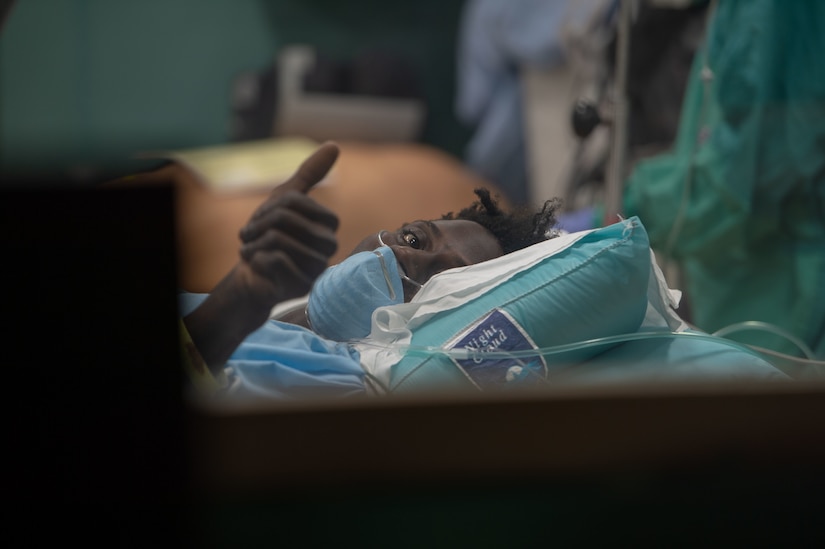April 29, 2020 | BY Michael Molinaro
A tool being developed by the Defense Logistics Agency, can
consolidate the Defense Department's technical data into packages for advanced
manufacturing, making it a new weapon in the battle against COVID-19.
The military services are already using the Joint Additive
Manufacturing Model Exchange, or JAMMEX, to access dozens of models for
critical items such as face shields and surgical masks.
Still in development by DLA in conjunction with the National
Institutes of Health and the military services, JAMMEX lets users download and
print models from multiple sources through a single system, said Tony Delgado,
an additive manufacturing program manager with the DLA Information Operations
Research and Development Division.
"The value proposition is that JAMMEX can be the
authoritative source for DOD [additive manufacturing] stakeholders," he
added, "because behind the scenes, DLA is making sure that models that go
on JAMMEX are approved models, regardless of origin."
Work on the additive manufacturing portal began two years
after the Office of the Secretary of Defense directed DLA to facilitate the
exchange of data between the services. DLA information technology experts and
logisticians met with industry and academia representatives in 2018 to gain
insight into the technological landscape critical to the system's design.
DLA's technology accelerator team worked with DLA functional
experts and military users to turn best practices into a prototype. The
prototype is now in development by America Makes, a public-private partnership
with member organizations from industry, academia, government and
non-government agencies, and workforce and economic development resources.
Despite ongoing development, the services have used JAMMEX
to print spare parts such as anti-reflection devices, door handles, drone parts
and brackets that would otherwise cost more and take longer to procure.
JAMMEX has the potential to reduce readiness risks, improve
responsiveness and decrease costs by providing alternate sources for
hard-to-procure and obsolete parts, said Catrina Murphy, a DLA additive
manufacturing program manager.
"Accelerating the adoption of the military services to
load their approved models to JAMMEX, as well as investigating the feasibility
of loading vendor-offered proprietary designs to JAMMEX for the military
services' organic manufacturing base, are the next steps in propelling JAMMEX
to be the DOD AM model authoritative source," she added.
(Michael Molinaro is assigned to the Defense Logistics
Agency.)










